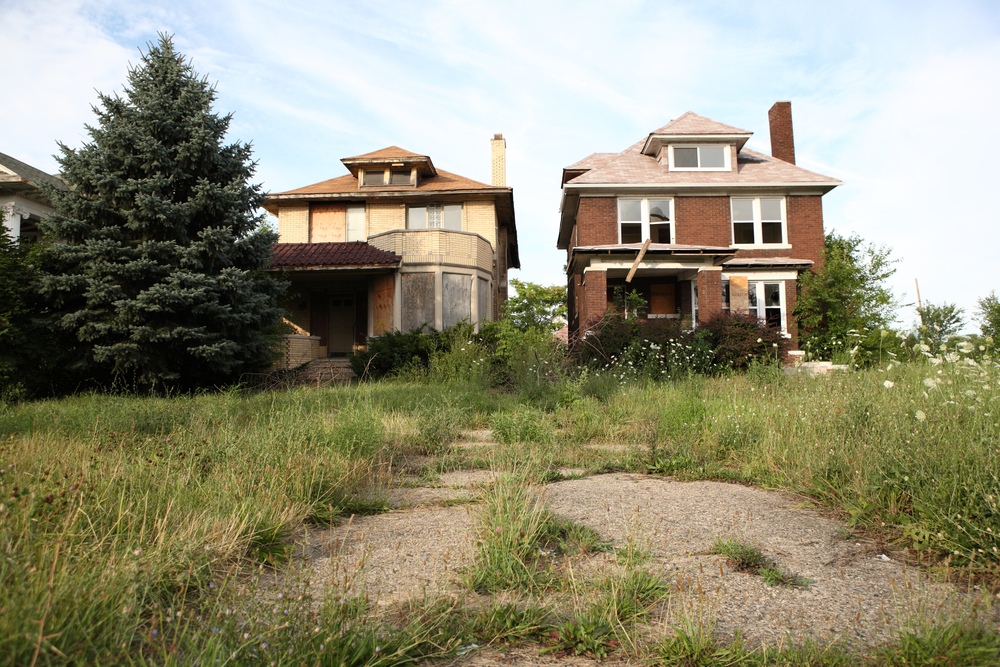There are a huge number of new foreclosures going to the auction block and receiving notices. So where is this new foreclosure tsunami coming from? Why are they defaulting now, how big is the issue, and what does it mean for real estate investors?
Nationally; foreclosures, short sales and distressed sales appear to be declining. However, looking at U.S. bank data from individual states, it’s clear that many are seeing a new wave of foreclosures hitting.
Even in red hot Southern California, UT San Diego reports that foreclosures were on the rise. States like Ohio have reported tens of billions of residential non-performing loans in default and heading towards foreclosure. That’s only the residential side. In most states, commercial and construction REOs seem to far outweigh residential. That doesn’t count multifamily and farmland NPLs and REOs.
REO dollar volumes on banks’ books may appear to be remaining steady. This may represent a lot of flow through. But the pool of ‘nonaccrual’ loans in default and new mortgage delinquencies behind publicly visible REOs is far larger.
So why are these new defaults and foreclosures just coming through now, and what potential threats or opportunities do they bring?
One of the most logical explanations being floated for many of these properties just making it to the foreclosure auction block now is banks and mortgage lenders holding back. They have been desperate to throttle the flow of REOs, vacant properties, and bolster the figures on their books.
This is completely understandable, and has certainly helped the nation’s real estate market heal and instill confidence in U.S. property and debt around the world.
However, there are other explanations. Part of the reason for banks and lenders dragging their feet has definitely been red tape and backed up court systems. Now the scandals are over, the risk of derailing confidence and the rebound are negligible, and it’s more attractive to repossess properties the foreclosure process is being sped up.
There are other reasons that these foreclosures are just coming online now which have nothing to do with the banks at all too.
For a starters, there are no doubt a good number of borrowers who had been holding on through the crises and have just finally run out of cash. Then there are certainly many new defaults on properties which have just been purchased and borrowed against during the last couple of years. In some cases, this was regular home buyers just biting off more than they could chew. Some made bets on a big economic rebound or their old homes selling and haven’t seen that happen yet. A few may be real estate investors that jumped into the market without investing in their real estate education, only to get in over their heads or run out of liquidity. Sadly, the holiday season and pressure to splurge on gifts and entertainment are likely to only make the situation even worse for those on the edge.
So the big question for most real estate investors is how to find these foreclosure properties and struggling homeowners to help them and recycle these properties to keep up local communities. REOs can still be found from banks and through real estate agents, as well as from wholesalers. This can be a very delicate time of year to approach distressed homeowners about their situation. However, those real estate investors that can master doing it in a caring way can create great win-wins.






